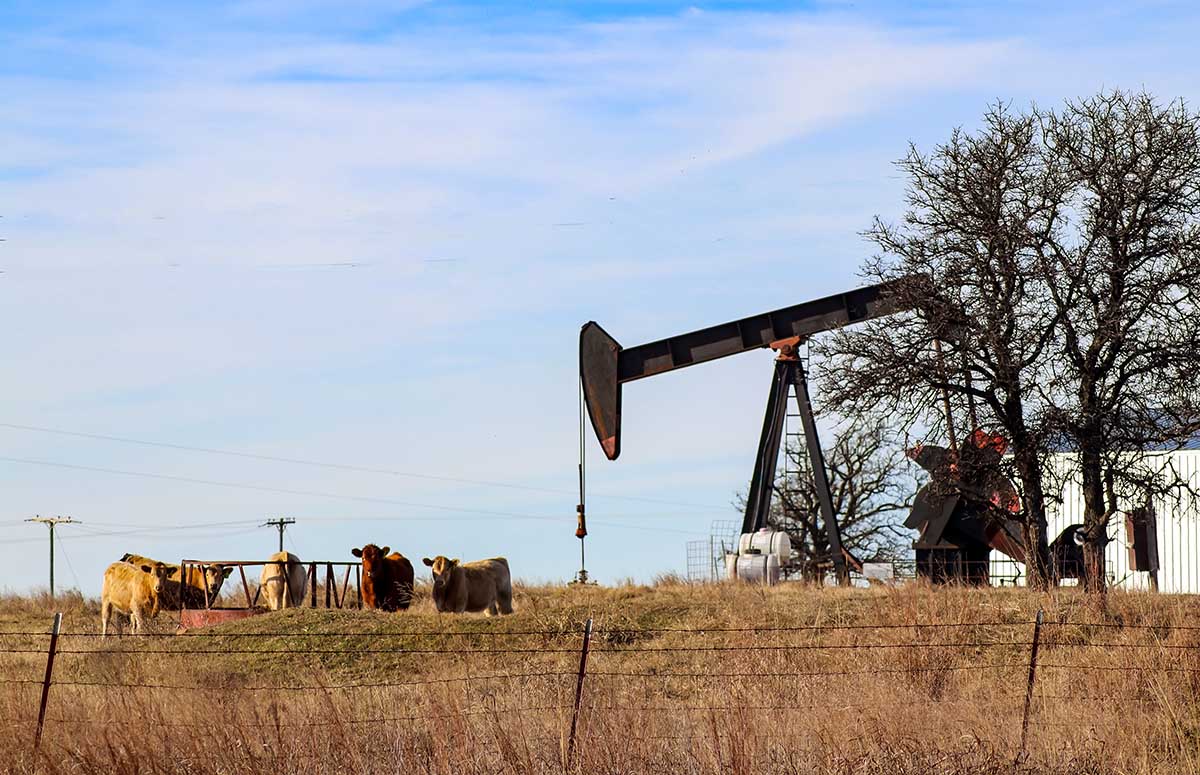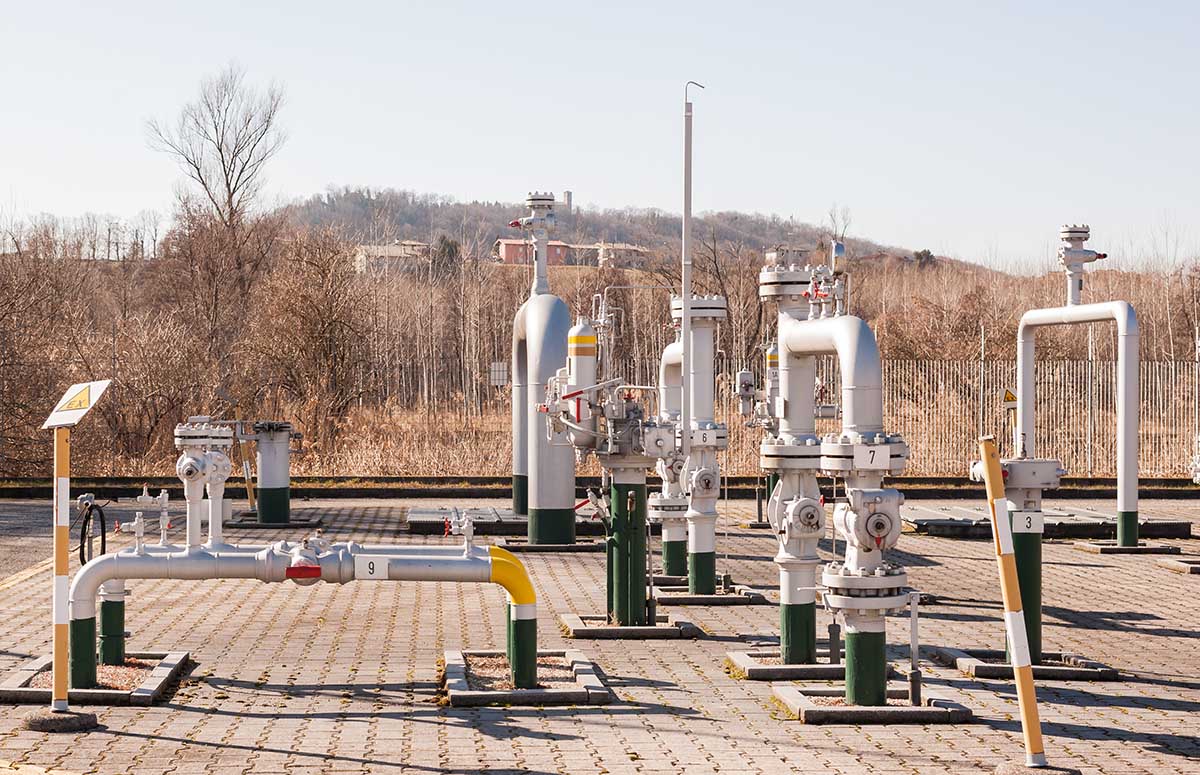Texas Gas Royalties Explained: What Really Affects Your Per-Acre Payments
Key Points
- Multiple factors influence per-acre gas royalty payments.
- Lease terms, location, and gas prices directly impact earnings.
- Active management and negotiation help maximize returns.
Gas royalty payments per acre in Texas are shaped by several clear and measurable factors that directly impact landowners’ earnings.
Key elements include the agreed royalty percentage, local market gas prices, the specific terms of the lease, and the number of producing wells on a property.
These details determine how much income a landowner can realistically expect from their acre of mineral rights.
Other critical influences include the property’s geographic location, the experience and resources of the operating company, and the legal specifics negotiated in the lease contract.
With fluctuating commodity prices and varying production rates, staying informed and negotiating strong lease terms can make a significant financial difference for Texas mineral owners.
Primary Factors Influencing Per-Acre Gas Royalty Payments in Texas
Several core elements shape how much a landowner receives in gas royalty payments per acre in Texas.
Price trends, well performance, and lease agreements are central to determining overall royalty income.
Gas Prices and Market Trends
The price of natural gas on the open market has one of the most direct impacts on royalty payments.
When gas prices climb, royalty checks typically increase, as the value of production revenue rises.
Supply and demand fluctuations, seasonal changes, and global commodity markets drive these price changes.
The operator pays royalties based on the price received at the wellhead, so even small shifts can significantly affect actual payments.
Most royalty interests are not insulated from lower prices, making monitoring broader oil and gas prices crucial.
Historically, the average gas well royalties per acre in Texas rise up during price spikes and fall during downturns.
Production Volume and Well Performance
The volume of gas a well produces and its performance over time also significantly affect royalty payments.
A high-yielding well can generate larger per-acre royalties, especially in productive regions like the Permian Basin or the Eagle Ford Shale.
Wells tend to produce more gas in their early life, and output generally declines each year.
The operator’s ability to manage wells and maintain production rates will impact royalties per acre.
Factors such as reservoir quality, production technology, and operating costs can also influence well efficiency and the resulting payout to royalty owners.
Lease Terms and Royalty Rate Agreements
Lease agreements dictate the royalty rate—usually ranging from 12.5% up to 25%—which is applied to production revenue.
Negotiated terms like deduction clauses, cost-sharing, and payment calculation methods can affect net royalties received.
Some leases specify how oil and gas royalties are calculated, including allowable deductions for expenses incurred by the operator.
Clear, favorable lease terms can lead to higher and more predictable royalties per acre.
Landowners should closely review and negotiate lease terms to optimize the structure of their royalty payments and protect their financial interests.
Ownership, Location, and Well-Related Considerations
The value and amount of per-acre gas royalty payments in Texas depend heavily on mineral rights ownership, the type of mineral interests held, and the number and productivity of wells on a property.
These factors often determine both current income and potential future returns for royalty owners.
Producing Versus Non-Producing Mineral Rights
Producing mineral rights generate active royalty income because gas wells are drilled and producing.
The presence of active wells significantly increases the present value of mineral rights and offers immediate cash flow for royalty owners.
Non-producing mineral rights do not provide current royalty payments and instead rely on the potential for future drilling.
Their value depends on the likelihood and timeline of future gas production, which is influenced by local drilling activity, resource availability, and market prices.
When non-producing mineral rights are located in areas with rising drilling activity or proven reserves, the price per acre can increase with market anticipation.
However, mineral rights owners must keep in mind that these assets carry more uncertainty until production begins.
Well Count, Drilling Activity, and Technology
The number of active wells on a property and recent drilling activity are direct drivers of royalty income.
More wells usually translate to higher royalty payments, provided they produce gas at economic rates.
The local density of producing gas wells also boosts mineral rights value.
Advancements in drilling—such as horizontal drilling—can increase well productivity and access to gas reserves, further impacting royalty streams for mineral owners.
Areas with newer drilling technology or recent expansion of extraction activities can see rising royalty offers and mineral rights prices.
Drilling success, operator reputation, and nearby production data all affect the perceived value and future income from mineral interests.
Landowners and mineral rights owners in Texas should stay updated on active drilling areas and technological trends to better estimate potential returns.
Conclusion
Per-acre gas royalty payments in Texas are determined by several key elements, including lease terms, production volume, and current market prices for natural gas.
Each of these factors can shift from year to year, making ongoing evaluation important for landowners.
Other variables such as location, the number of producing wells, and legal rights documented in the lease also influence payouts.
Landowners should remain informed and periodically review lease agreements to ensure fair compensation.
Navigating royalty payments requires knowledge of both the energy market and the specifics of any lease or mineral ownership.
Awareness of these factors helps mineral owners make informed decisions about their assets.





















